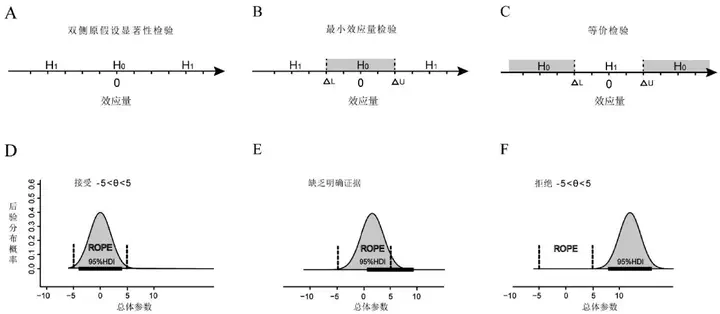 Image credit: Fig1
Image credit: Fig1
摘要
In psychological research,researchers may need to provide evidence for the non-existence of effects(i. e.,nil effect).However,the most widely used statistical inference framework in psychology,the null hypothesis significance test (NHST),cannot provide evidence for nil effects. In other words,anon-significant p-value(e.g.,p>0.05)cannot be interpreted as evidence that supports the nil hypothesis. As a result,in practice,researchers either avoid interpreting the non-significant results,or mis-interpret the non-significant results as evidence for the nil hypothesis. Here we introduced three methods that can evaluate nil effects,the equivalence test,Bayesian estimation,and Bayesian factor(BF),to Chinese researchers. We illustrated how to apply these methods to real psychological data using two open datasets. This primer may help Chinese researchers to improve their statistical inference for non-significant results.